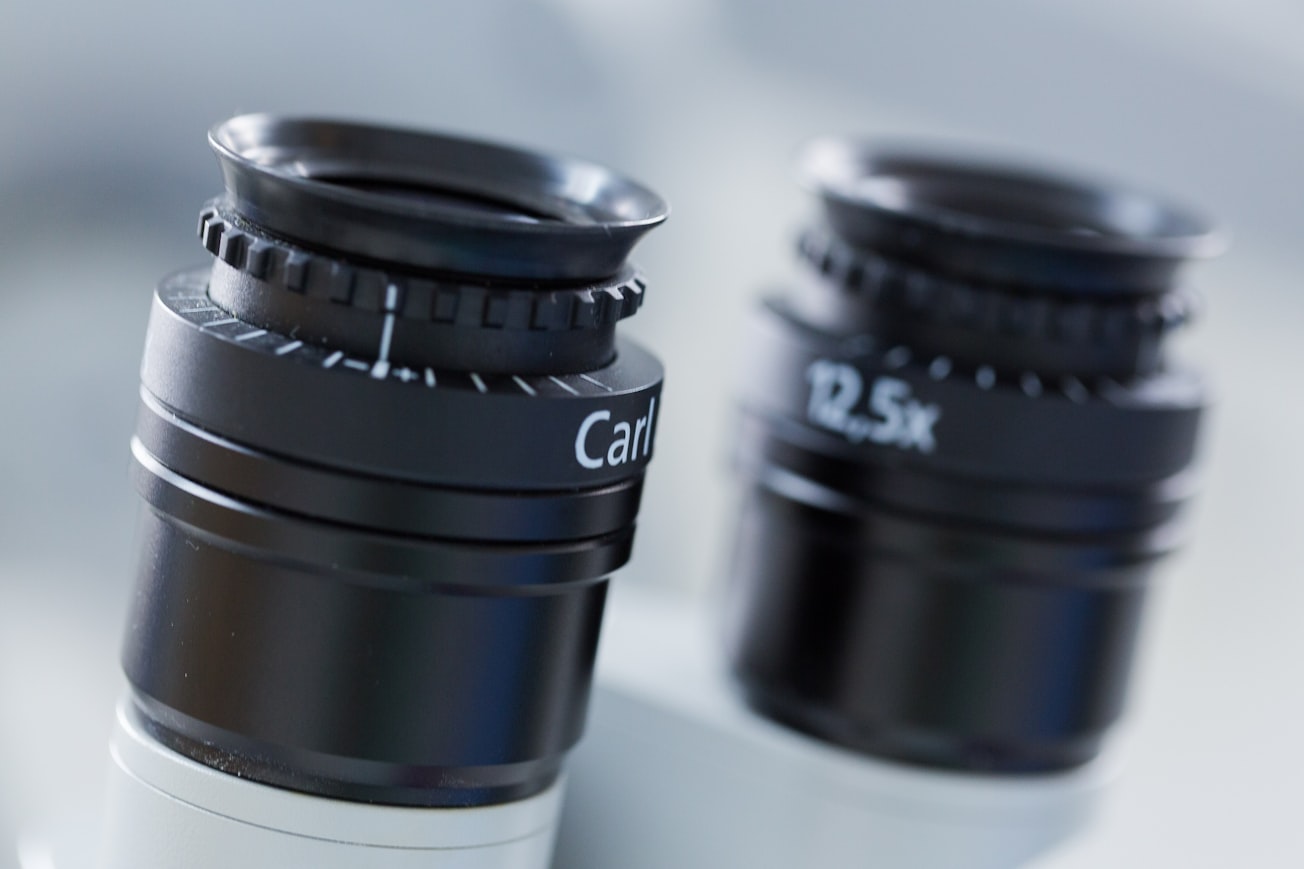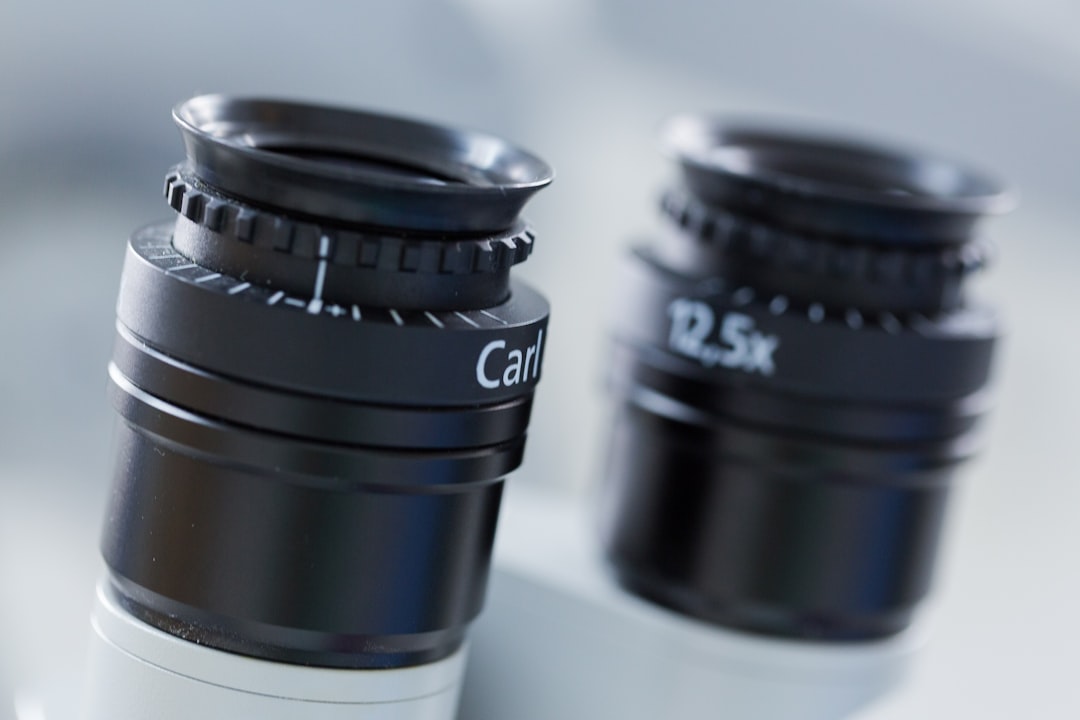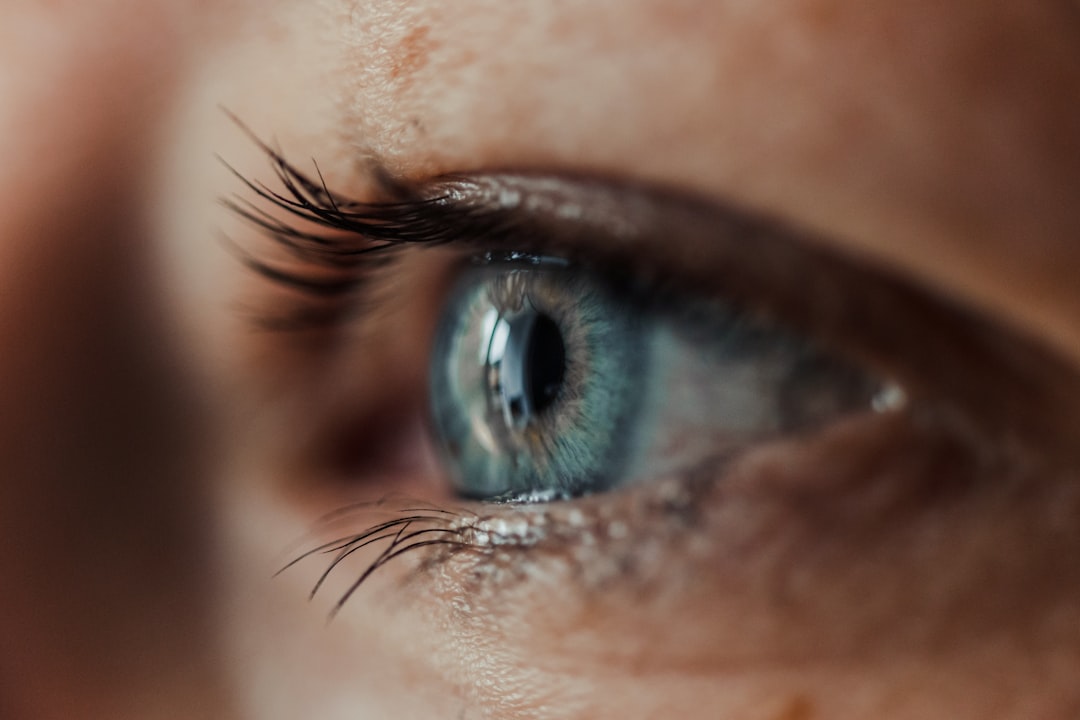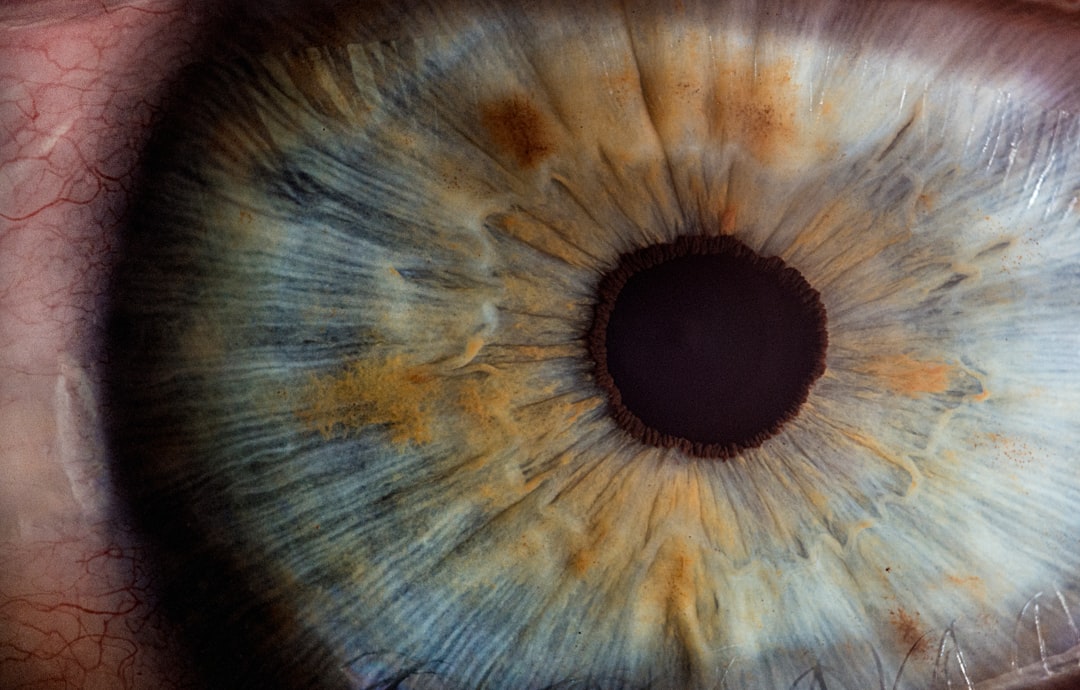What is it about?
We describe various imaging techniques for diagnosis, monitoring and prognosis of dry eye.
Featured Image

Photo by Brands&People on Unsplash
Why is it important?
There is no single gold standard test for use in dry eye. These methods allow for relatively non-invasive monitoring of patients as well as classification of dry eye into subtypes.
Perspectives
Clinical tools such as non-invasive tear break up, meibography and ASOCT for tear meniscus are increasingly used in clinical practice. Many ophthalmologists are still unclear about their indications and purpose.
Prof Louis Tong
National University of Singapore
Read the Original
This page is a summary of: Objective Imaging Diagnostics for Dry Eye Disease, Journal of Ophthalmology, July 2020, Hindawi Publishing Corporation,
DOI: 10.1155/2020/3509064.
You can read the full text:
Contributors
The following have contributed to this page










